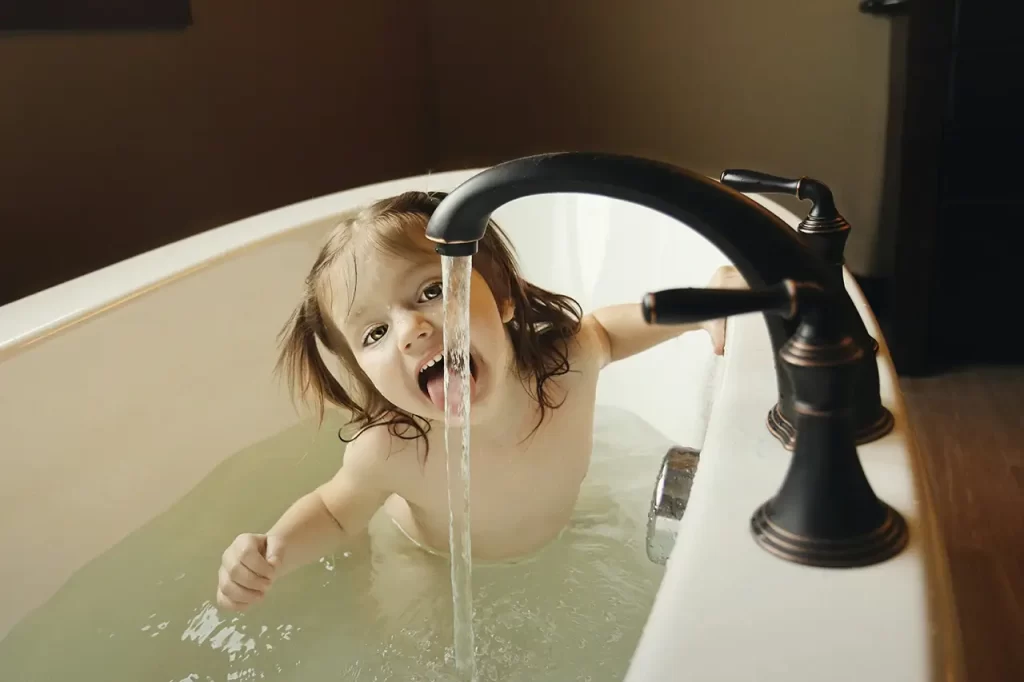I
Potty training your toddler is a significant milestone in their development, making their transition from nappies to using the toilet like a grown-up. While it can be a challenging process, with patience, consistency, and a few handy tips, you can make this journey smoother for both you and your little one.
Understanding Potty Readiness
Before diving into the potty training your toddler. It’s crucial to recognise signs of readiness in your child. Every toddler is unique, but typically, they show readiness between the ages of 18 months to 3 years. Signs may include:
- Showing interest in the toilet or potty chair.
- Staying dry for longer periods.
- Communicating when they’ve soiled their nappy.
- Following simple instructions.
Understanding when your toddler is ready can help set the stage for a successful potty training experience. Readiness signs vary among children, but paying attention to cues like interest in the toilet, ability to follow simple instructions, and staying dry for extended periods can help determine when to start the process.
Preparing for the Potty
- Choose the Right Equipment
Invest in a child-friendly potty chair or a seat adapter for the regular toilet. Let your toddler pick out their own if possible; this can make them feel more involved and excited about the process. Ensuring your child has the right equipment can make the transition to using the toilet smoother. Studies suggest that involving toddlers in the selection of their potty chair can increase their motivation and sense of ownership over the process (Brown et al., 2020). - Stock Up on Supplies
Arm yourself with plenty of training pants, wipes, and rewards. Stickers, small treats, or a special toy can serve as positive reinforcements for your child’s achievements. Having the necessary supplies on hand can help make potty training more manageable.

The Potty Training Process
- Introduce the Concept
Start by explaining the purpose of the potty in simple terms. Show your toddler how to sit on it and encourage them to practice fully clothed at first to familiarise themselves with the idea. Introducing the concept of potty training gradually can help ease your child into the process. Research suggests that demonstrating how to use the potty and allowing toddlers to practice sitting on it can help build their confidence and understanding (Williams & Clark, 2017). - Establish a Routine
Consistency is key. Encourage your child to sit on the potty:- First thing in the morning. After meals. Before bedtime. Whenever they show signs of needing to go.
- Celebrate Successes
Praise your child enthusiastically when they use the potty successfully. Positive reinforcement encourages repetition and boosts their confidence. Celebrating your child’s achievements can motivate them to continue using the potty. Recent research suggests that positive reinforcement, such as praise and rewards, can help reinforce desired behaviours and foster a sense of accomplishment (Brown et al., 2020).
Dealing with Setbacks
- Stay Calm
Accidents are part of the learning process. Stay patient and avoid showing frustration or disappointment, as this may deter your child’s progress. Maintaining a calm and supportive attitude during setbacks can help your child feel more confident. Studies have shown that reacting calmly to accidents and offering reassurance can prevent anxiety and promote continued efforts (Jones & Patel, 2019). - Offer Support
Encourage your child to try again and reassure them that accidents happen. Let them know it’s okay and that you’re proud of their efforts. Providing support and encouragement during setbacks can help your child overcome challenges. Research indicates that offering reassurance and acknowledging efforts can boost your child’s confidence and motivation to keep trying (Williams & Clark, 2017).
Tips for training success
- Lead by Example
Let your child observe you or older siblings using the toilet. Seeing adults or peers perform this routine can motivate them to follow suit. Setting a positive example can inspire your toddler to embrace potty training behaviours. Studies suggest that children often mimic the behaviours of adults and older siblings, making it essential to demonstrate proper toilet habits (Smith, 2018). - Keep it Positive
Maintain a positive attitude throughout the process. Avoid using negative language or punishments, as this can create anxiety and hinder progress. Creating a positive environment can enhance your toddler’s potty training experience. Recent research has shown that maintaining a positive attitude and avoiding negative reinforcement can foster a supportive atmosphere and encourage continued efforts (Brown et al., 2020). - Be Patient
Potty training a toddler takes time. Be prepared for setbacks and remember that every child learns at their own pace. Stay consistent and supportive. Patience is key when it comes to potty training. Studies have shown that children progress at different rates, highlighting the importance of patience and consistency throughout the process (Smith & Johnson, 2021).
Gradual Transition to Pants
As your toddler becomes more comfortable using the potty, gradually transition from nappies to training pants. Start with daytime training pants and progress to night time once they consistently stay dry during naps.
Transitioning to pants can mark a significant milestone in your child’s potty training journey. Recent studies suggest that gradually introducing training pants can help toddlers adjust to toileting independence and promote night time dryness (Williams & Clark, 2017).
Final Thoughts
Potty training is a significant milestone for both you and your child. While it may come with its challenges, remember to celebrate every success, no matter how small. With patience, consistency, and plenty of encouragement, you’ll soon have a confident and independent little one who’s mastered the art of using the toilet. Happy training!








No Comments